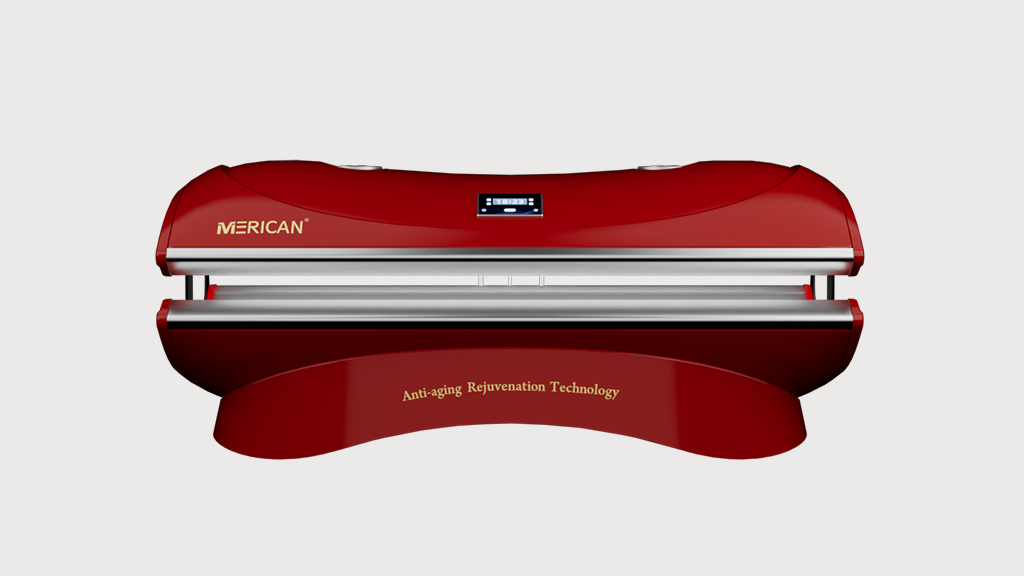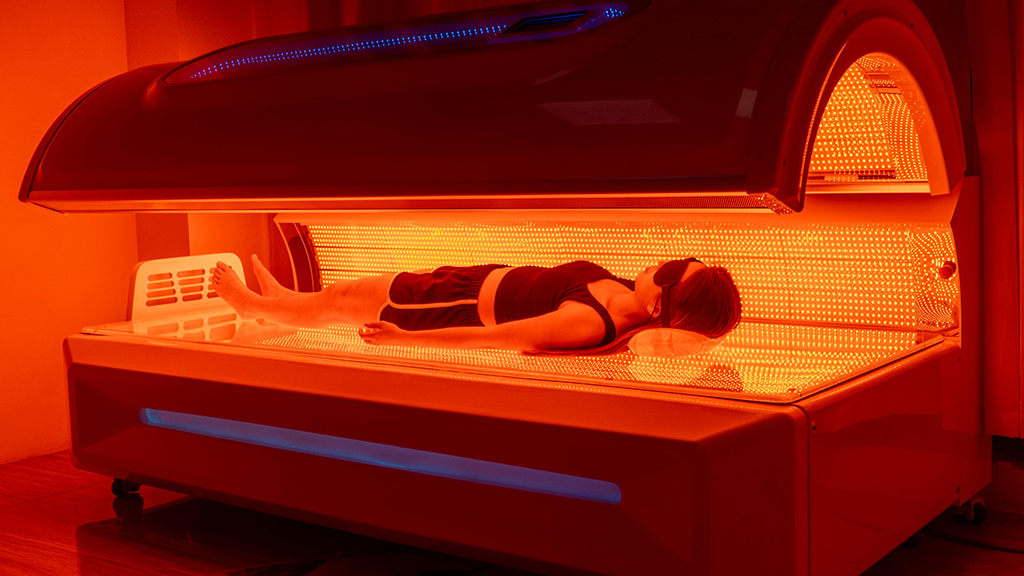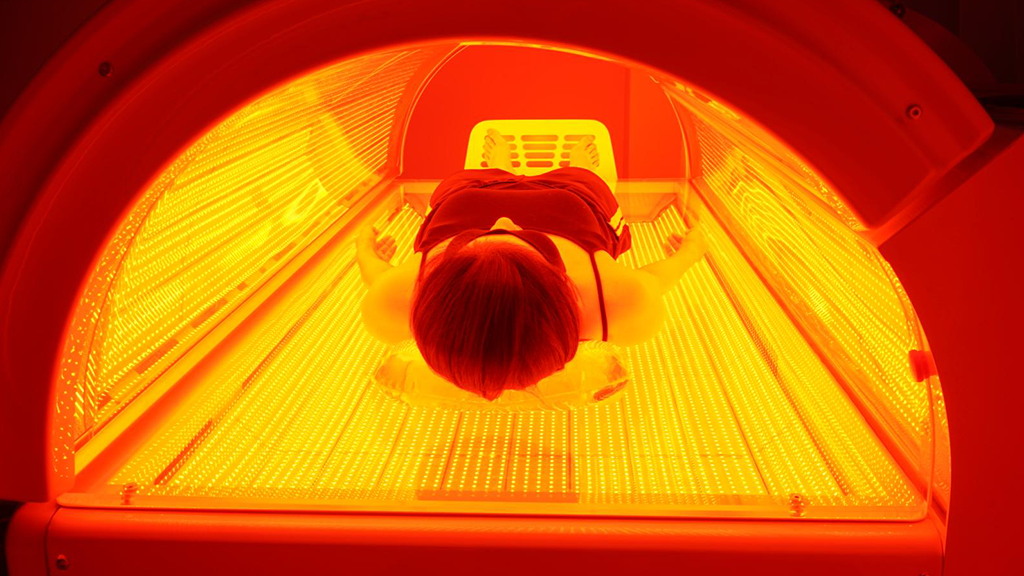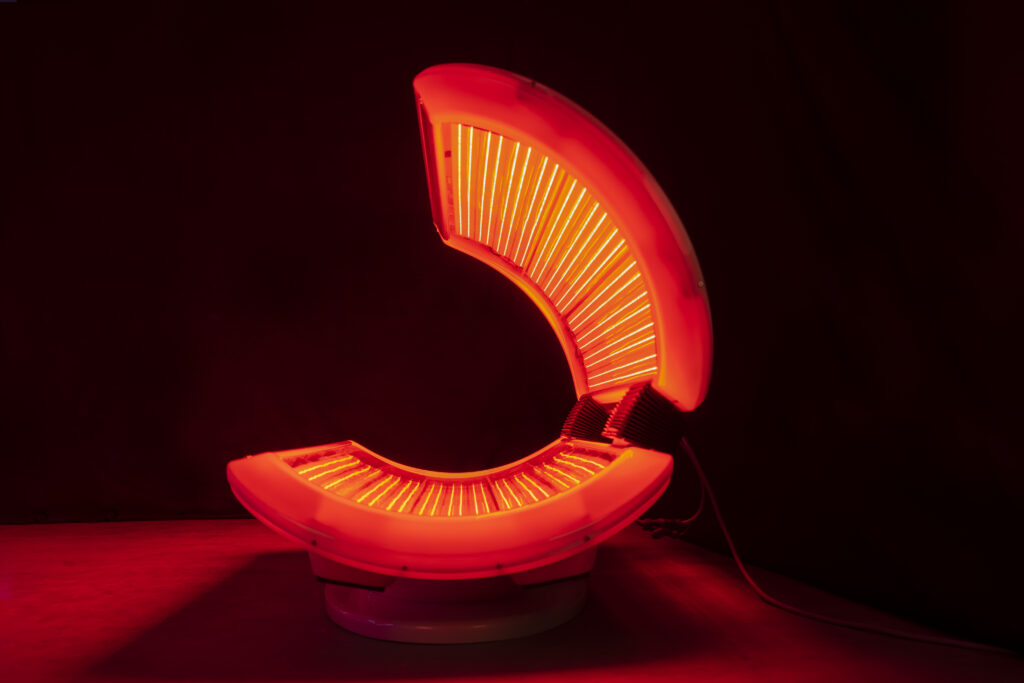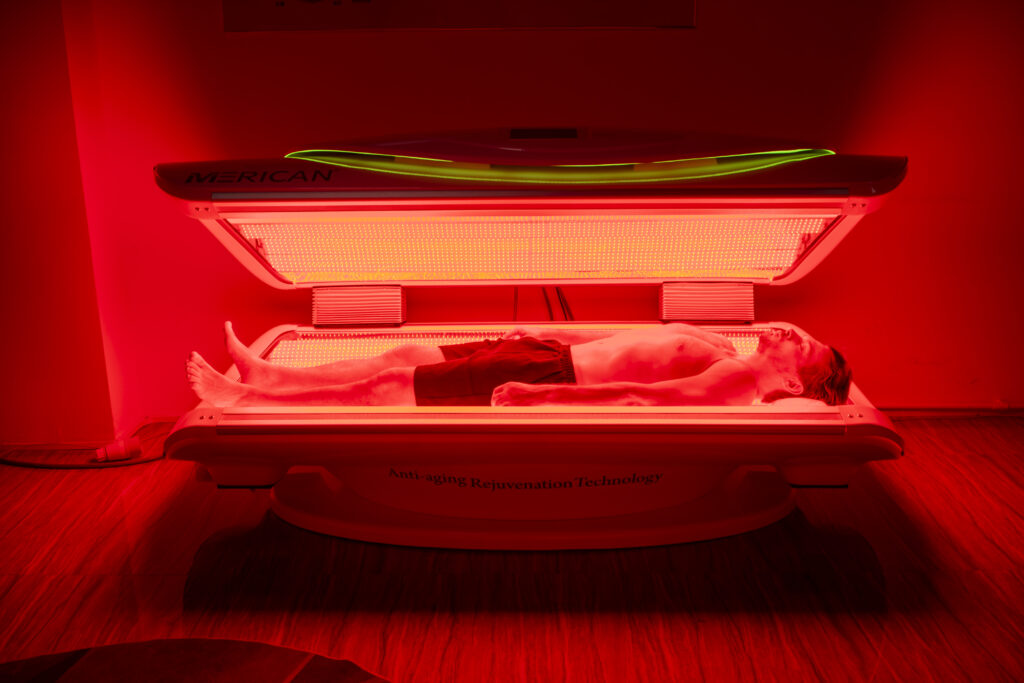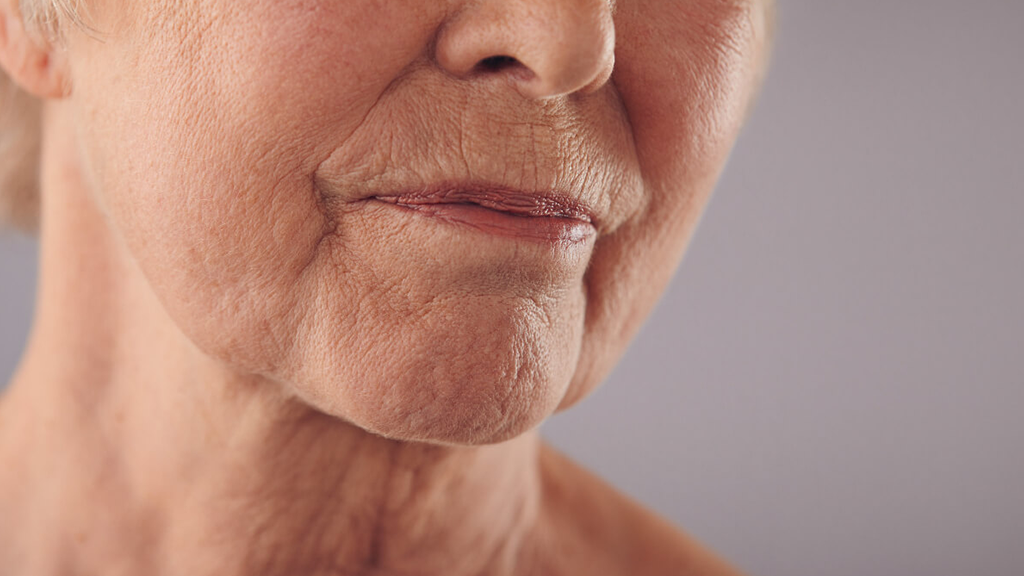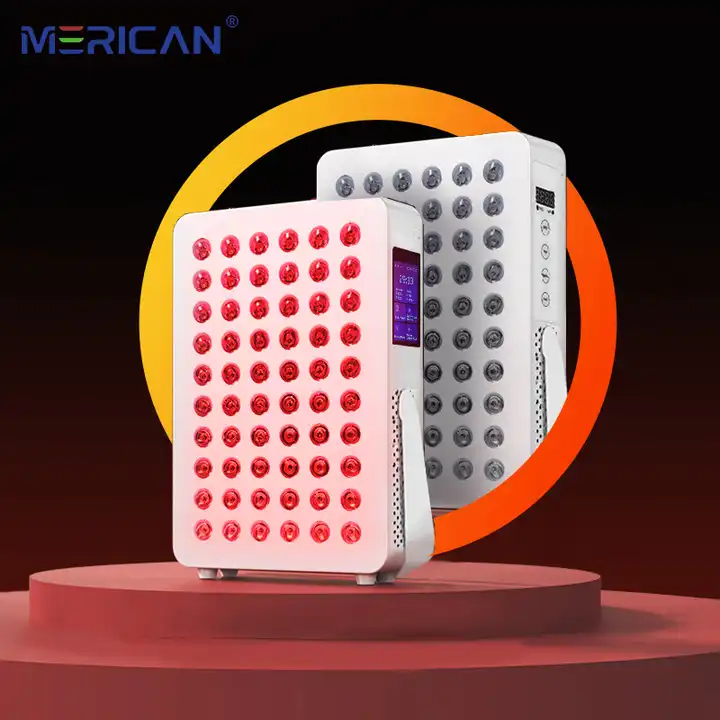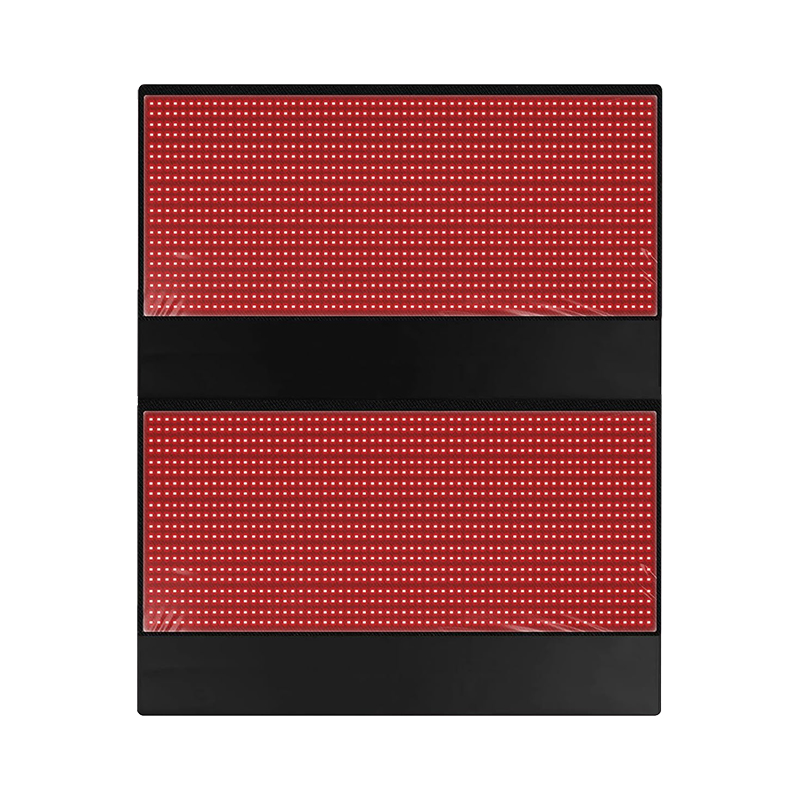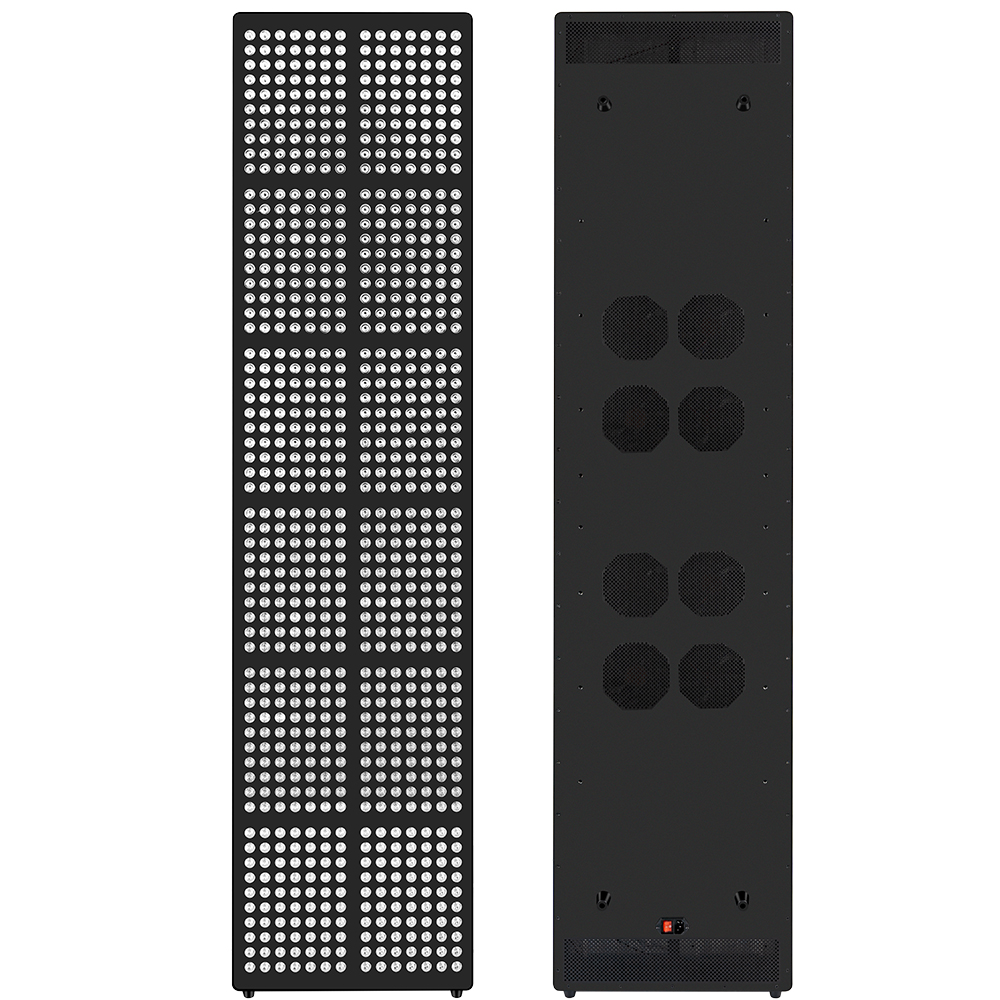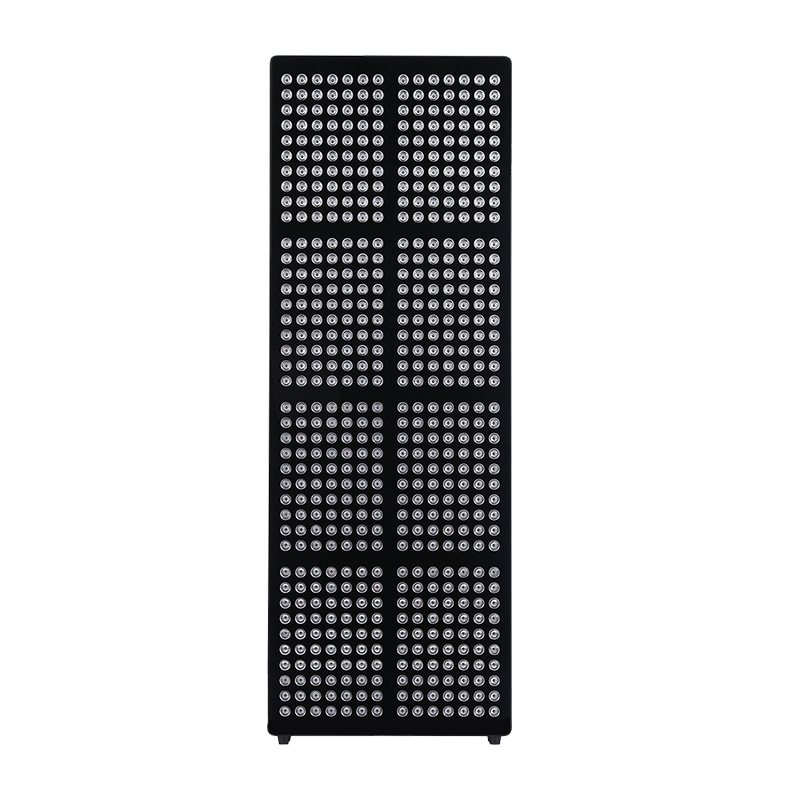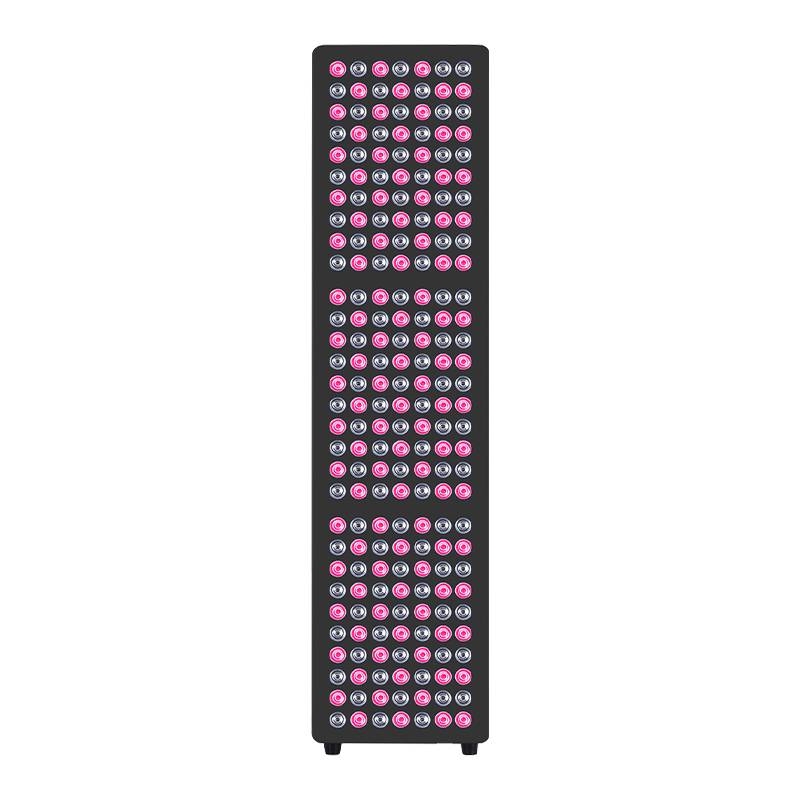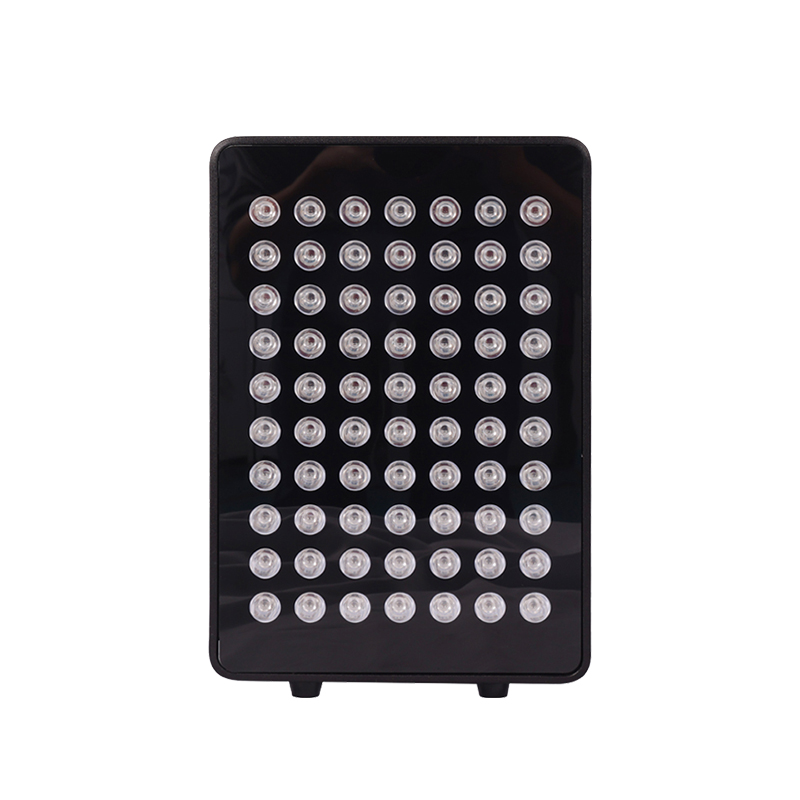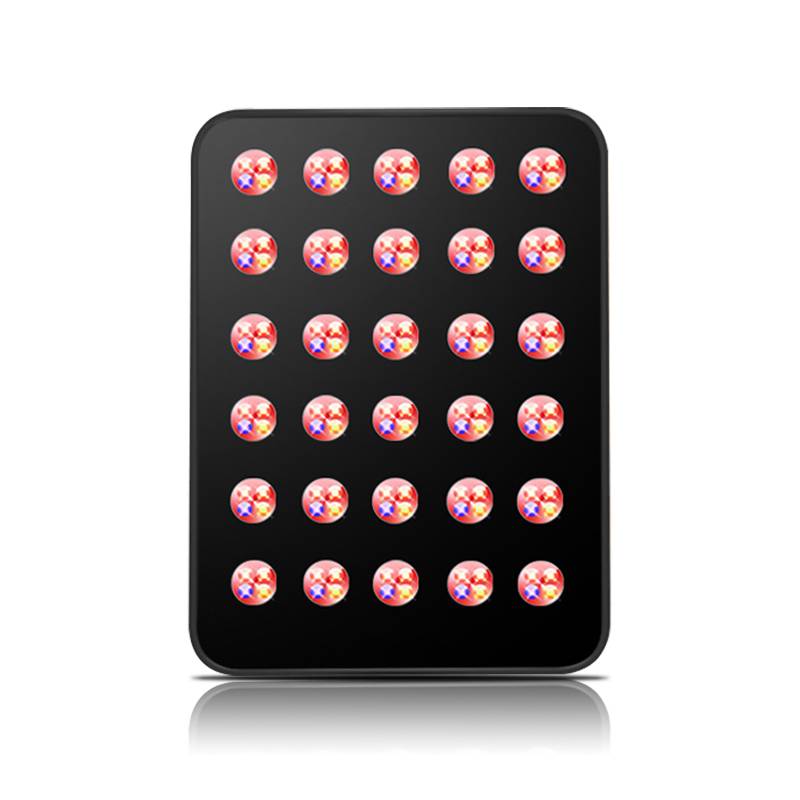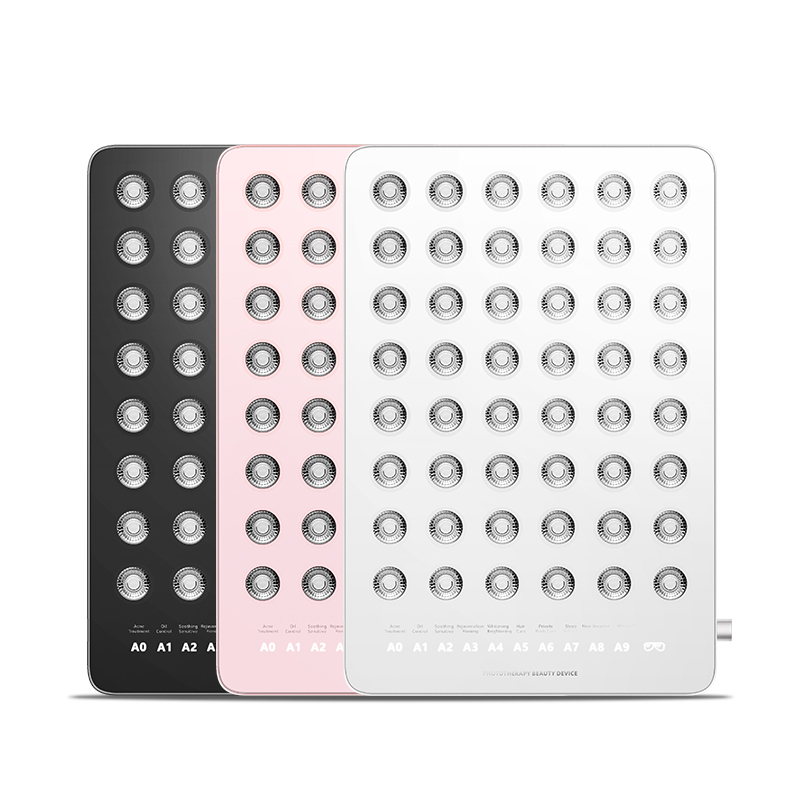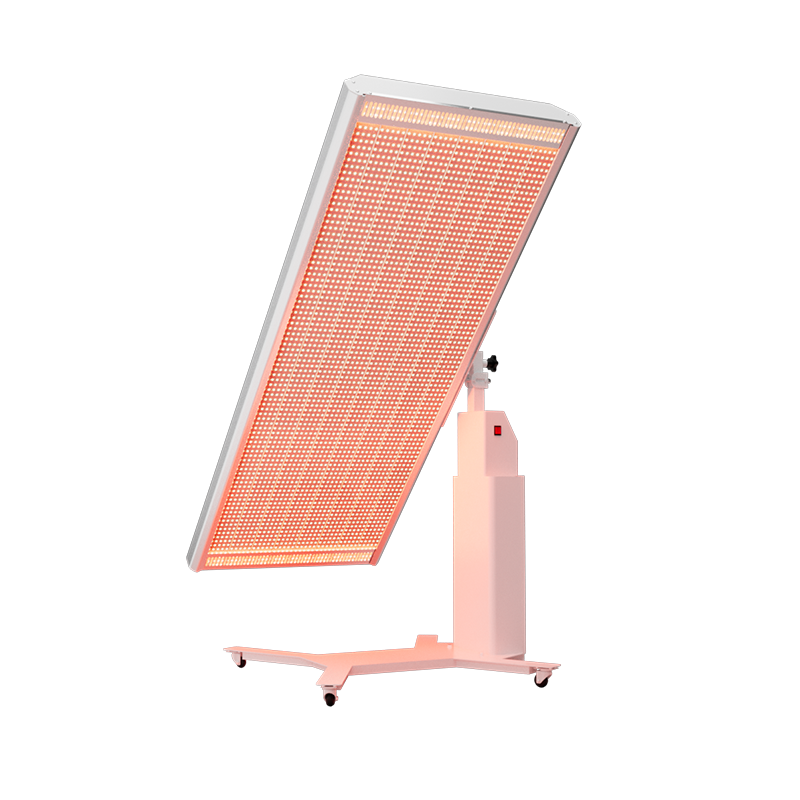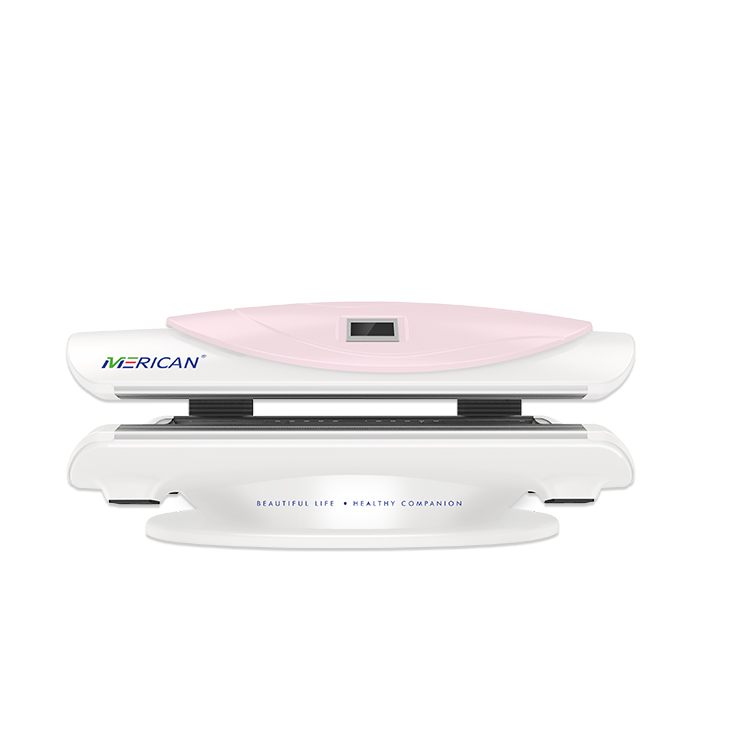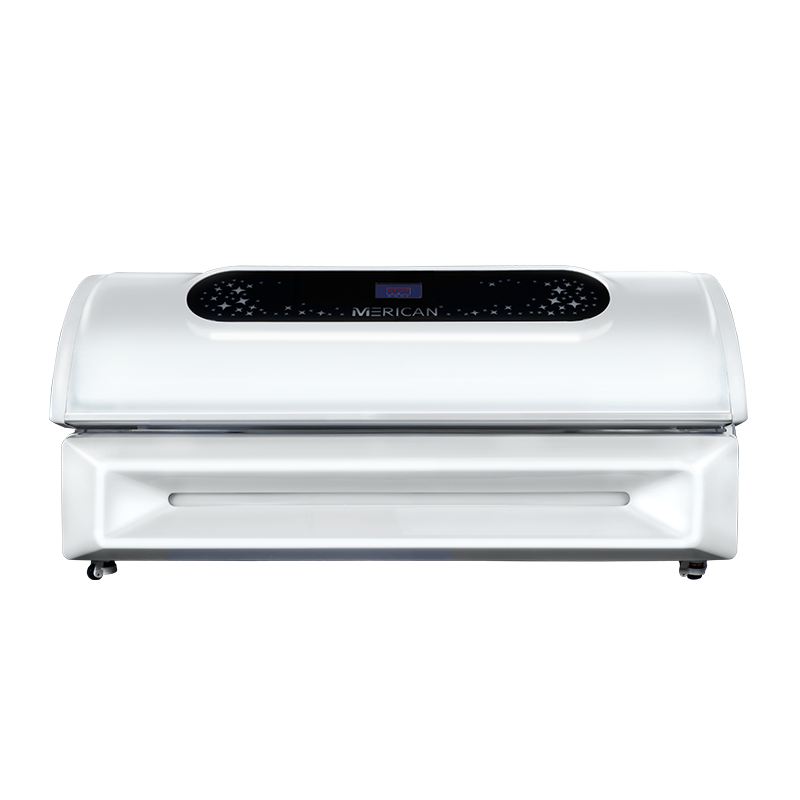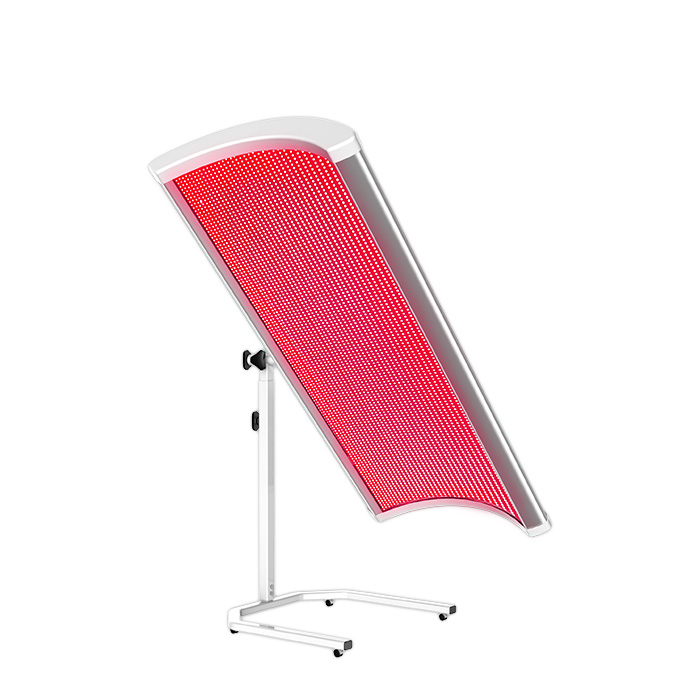Attention Deficit Hyperactivity Disorder (ADHD) affects millions of children worldwide, often bringing with it a host of challenges — including difficulty falling asleep, staying asleep, or getting restful sleep. While traditional treatments like medication and behavioral therapy are effective for managing symptoms, many parents are now exploring natural, non-invasive therapies to support their children’s well-being. One such method gaining interest is Rotlichttherapie.
But how exactly can red light therapy help children with ADHD sleep better?
ADHD and Sleep: A Common Struggle
Sleep issues are one of the most common co-existing problems in children with ADHD. Research suggests that:
- Bis zu 70% of children with ADHD experience sleep disturbances.
- Poor sleep worsens core ADHD symptoms like inattention, impulsivity, and mood swings.
- Many children have trouble producing melatonin — the sleep hormone — at the right time.
This is where red light therapy comes in.
How Red Light Therapy Supports Sleep
Rotlichttherapie (RLT) uses specific wavelengths of light, typically in the 630–670nm Reichweite, which are gentle on the eyes and support the body’s natural rhythms — especially when used in the evening.
Key Benefits for Children with ADHD:
1.Enhances Natural Melatonin Production
Im Gegensatz zu blauem Licht (from screens) that suppresses melatonin, red light encourages melatonin release, helping children feel sleepy at the right time.
2.Regulates the Circadian Rhythm
Red light can help reset the child’s biological clock, which is often disrupted in those with ADHD. Regular evening sessions may lead to more consistent sleep-wake cycles.
3.Calms the Nervous System
Red light may help reduce physiological arousal and anxiety, both of which are common in ADHD and can interfere with sleep onset.
4.Non-Stimulating and Safe
Red light is nicht invasiv, drogenfrei, and doesn’t overstimulate the brain, making it an ideal nighttime tool for children who are sensitive to other treatments.
How to Use Red Light Therapy for ADHD Sleep Support
Für beste Ergebnisse, use red light therapy:
- 30–60 minutes before bedtime
- In a low-light, quiet environment
- With a red light panel, lamp, or ceiling light using wavelengths around 630–660nm
- Daily, as part of a calming nighttime routine
Tipp: Avoid using bright white or blue lights in the bedroom, especially in the hour leading up to sleep.
Was sagt die Wissenschaft??
While large-scale clinical trials on red light therapy specifically for children with ADHD are still limited, early findings and anecdotal reports are promising:
- A 2012 study in The Journal of Affective Disorders habe das gefunden red light exposure helped improve sleep quality and melatonin levels in people with sleep disorders.
- In ADHD populations, researchers are increasingly investigating light-based therapies as safer alternatives to pharmacological sleep aids.
Is Red Light Therapy Safe for Children?
Yes — red light therapy is generally considered safe for children when used appropriately:
- No UV radiation
- No heat or pain
- No risk of eye damage when used at proper distances
- No medication side effects
Das heißt, it’s best to consult with a pediatrician before starting any new therapy for a child with ADHD.
Letzte Gedanken
Red light therapy offers a gentle, natural way to support better sleep in children with ADHD. By promoting melatonin production, calming the nervous system, and encouraging a healthy sleep cycle, red light can help reduce bedtime battles and improve overall behavior and focus.
As awareness grows and more research emerges, red light therapy may become a valuable part of a holistic ADHD care plan — especially for parents seeking non-drug options that are safe, simple, und effektiv.

